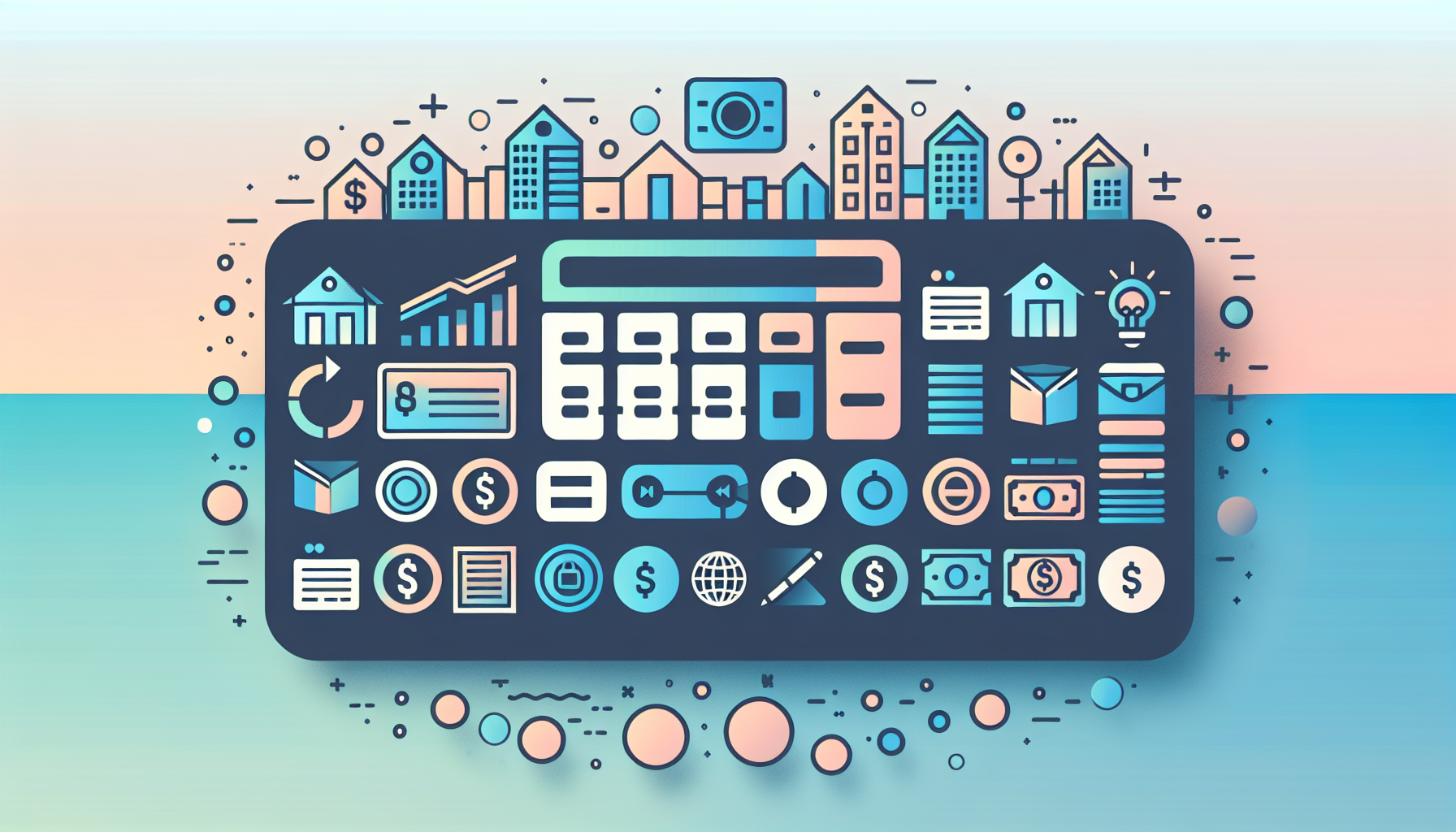How Technology is Changing Mortgage Applications

The Evolution of Mortgage Applications: How Technology is Revolutionizing the Process
The mortgage industry is undergoing a significant transformation, driven by the integration of advanced technologies that are streamlining the mortgage application and approval process. This shift towards digital mortgage solutions is not only enhancing efficiency but also improving the overall customer experience.
The Rise of Digital Mortgage Software
The global digital mortgage software market is experiencing rapid growth, projected to reach $35.3 billion by 2032 from $3.7 billion in 2022, with a CAGR of 24.7% from 2024 to 2032. This growth is fueled by the increasing demand for automation and the integration of technologies such as artificial intelligence (AI), machine learning (ML), and data analytics.
Digital mortgage software platforms like Blend, Roostify, and Ellie Mae’s Encompass are leading the charge by digitizing various steps involved in securing a mortgage. These platforms enable lenders, borrowers, and other stakeholders to manage the entire mortgage lifecycle online, from application to closing. Key features include online application forms, document upload and verification, automated underwriting, electronic signatures, and real-time tracking of application status.
Streamlining the Application Process
The traditional mortgage application process is often cumbersome, involving substantial paperwork and manual verification, which can lead to errors and delays. Digital mortgage solutions mitigate these issues by automating document management, data entry, and facilitating faster approvals.
For instance, Temenos launched a fully integrated front-to-back mortgage solution with a smart decision engine powered by Explainable AI. This solution helps lenders deliver a personalized digital mortgage experience while reducing costs and time to close. It enhances productivity and reduces delinquencies through automation and intuitive workflows, providing transparent and explainable affordability assessments.
The Role of AI and Machine Learning
AI and ML are crucial drivers in the digital mortgage software market. These technologies enhance the capabilities of digital mortgage systems by providing advanced analytics, predictive modeling, and risk assessment tools. For example, Blend uses AI to analyze borrower data and predict loan performance, enabling lenders to make more informed decisions. AI-powered chatbots and virtual assistants also improve customer service by providing instant responses to queries and assisting borrowers through the application process.
Real-World Examples and Case Studies
Several lenders have successfully implemented digital mortgage solutions, showcasing the benefits of these technologies. For example, in Brazil, the Central Bank of Brazil (BACEN) launched an initiative to promote digital financial services, including digital mortgage platforms. This initiative includes guidelines for secure digital transactions, electronic signatures, and online verification processes to improve financial inclusion and accessibility.
In the U.S., lenders are also embracing digital transformation. According to McKinsey & Company, about 60% of today’s borrowers are interested in a fully digital mortgage application process. This consumer demand is driving lenders to invest more in digital mortgage lending technology, with annual spending on loan-origination software increasing steadily over the past five years.
Optimizing Digital Mortgage Strategies
To fully benefit from digital mortgages, lenders should adopt end-to-end digital solutions. This involves using online forms for faster data collection, automated underwriting systems for quicker decision-making, and digital closing solutions to finalize the deal. By ensuring that every stage of the loan processing lifecycle is digital, lenders can streamline the process, reduce time and costs, and provide a smoother experience for customers.
- Embrace End-to-End Digital Solutions: Ensure that every step of the loan processing lifecycle, from the initial application to the final closing, is digitized.
- Leverage AI and ML: Use AI and ML to enhance analytics, predictive modeling, and risk assessment.
- Provide Real-Time Updates: Keep customers informed at every step of the loan application process through automated updates.
- Ensure Mobile Compatibility: Allow customers to complete applications from both laptops and mobile devices.
Overcoming Implementation Challenges
While the benefits of digital mortgage software are clear, there are also significant challenges to implementation. One of the major restraints is the high cost of implementing and maintaining these sophisticated software systems. Small and medium-sized mortgage lenders may find it challenging to afford these initial costs, which include software licensing fees, customization, integration with existing systems, and employee training.
However, the long-term benefits often outweigh the initial costs. For example, top-performing financial institutions that have adopted digital mortgage solutions have processed loans 63% faster than their competitors.
Conclusion and Next Steps
The future of mortgage applications is undoubtedly digital. As technology continues to advance, lenders who adopt these solutions will be better positioned to provide efficient, secure, and customer-centric services.
If you are a lender looking to modernize your mortgage application process, consider integrating tools like the WP Ultimate Loan & Mortgage Calculator. This plugin can help you streamline your loan application process, provide accurate calculations, and enhance the overall customer experience.
For more information on how to implement digital mortgage solutions or to discuss your specific needs, you can Contact Us directly.
In the ever-evolving landscape of mortgage technology, staying ahead of the curve is crucial. By embracing digital mortgage software and leveraging the latest trends in mortgage tech, you can ensure that your business remains competitive and customer-friendly.
Additional Resources
- LendingTree: For insights on personal loan applications and prequalification processes, visit LendingTree.
- OppLoans: To explore online personal loan options and their application process, check out OppLoans.
- Floify: For a deeper dive into the state of digital mortgages and trends in loan origination software, visit Floify.
- Infosys BPM: To understand the future of the mortgage industry and how digital mortgage applications work, see Infosys BPM.











